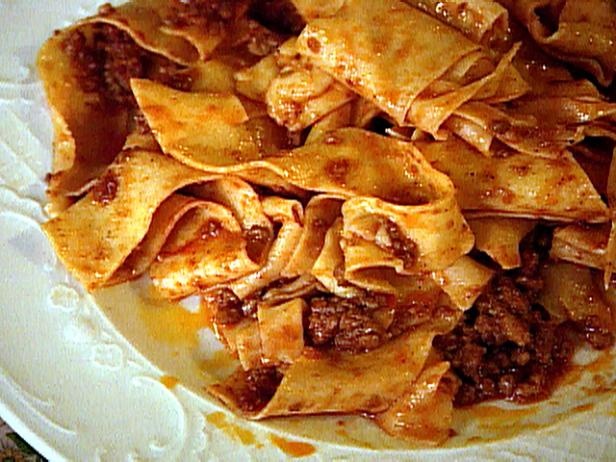ITALIAN WINE STORIES
Revolt in the Vineyard
Nearly two decades ago, I was privileged to travel the Piedmont wine region with Marc De Grazia, a top marketer and broker of elite Italian estate wines. Marc was an amazing storyteller who had a knack for describing each estate and each wine with soulful characterizations.
Marc led us on inspiring visits to some of the greatest Barolo producers in Italy who served us serious wines of distinction, all with their own personality and all with the stamp of the estate. Some were juicy, some were big and some had finesse. After tasting the newest wines at Silvio Grasso’s estate, we were invited to join his family for a wonderful lunch in a covered patio at the estate.
It was a simple lunch, with yellow bell peppers, celery and small tomatoes with olive oil, an onion frittata, a zucchini frittata, very good prosciutto and very sweet melon. The bread sticks were doughy and rich. Thin slices of cold veal with a sauce made of tuna, caper, anchovy and mayonnaise—vitello tonnato—and a dessert of fresh peaches and apricots followed by caffe. And of course, we were drinking Grasso’s wines throughout.
At lunch Marc de Grazia told us a story that illustrates the importance of wine to the Italian field worker. It seems that there once was an incident ironically spurred by a lack of wine at a winery during harvest. Workers toiling under the hot sun broke for lunch only to discover that there was no wine left!
Swearing and shouting out the names of multiple saints, the workers began to revolt. When the winery owner brought out carafes of water to wash down their food, the workers drank it at first, but it was too alkaline for the food. To solve the problem, a few drops of vinegar were placed in each glass to freshen up the water and provide a little acidity for the food.
Even field workers knew how their food needed wine. They just could not bring themselves to drink water with their meal.
They’ll Know What to Do
Marc had more profound stories to tell, insights to share and experiences few could match. As I had dinner with him in a hilltop restaurant near Alba, we sipped on an aged Antoniolo Gattinara out of his cellar, and we talked about the magnificent Barolo houses he had just taken our group to. I told him I was coming back to Italy in the fall with Dale, and we talked about the white truffles that famously inspired an annual festival in Alba each October.
But his passion was focused on Terre Nere, his new family estate on Mt. Etna in Sicily, and his thoughts wandered toward the upcoming harvest, wondering if his winery would be completed on time for the fall crush.
“You gotta go to Sicily, Randy. The food is great, the people lack the pretentiousness of the north, and the women…” he trailed off with an expression of, for lack of a better description, bliss.
“When you come back to Piedmont in the fall,” he said, “stop by this restaurant. They’ll know what to do with truffles.”

Chianti, Wild Boar and a Brass Plaque
“When you’re in Tuscany give us a call. We’d love to have you over to the house.”
Tom and Gina Cappannelli, former owners of the Hotel Villa Portofino in Avalon, Santa Catalina Island, had purchased a Tuscan villa named Quercetino in the middle of a vineyard near the town of Greve in the heart of Chianti Classico.
The vineyard belongs to Castello Querceto winery which once used “little Quercetto” as a billet for the estate’s field workers and their families.
Tom and Gina just happened to be staying at their dream villa at the exact time Dale and I arrived in Florence in 2004 and they graciously drove us around the region and arranged a private tour and tasting with Querceto’s owner, Alessandro François.
The grounds, as one would expect, are picture book, and we arrived on a particularly bright and beautiful day. Bounding down the stone steps came Alessandro, a beaming, spry, energetic sixty-something who had the bearing of a statesman.
One of the stone walls on the property had a bronze plaque with some names on it. I asked Alessandro what that was for. He told me it was in honor of several vineyard workers who had been executed by the Nazis.
He took great pride in walking the four of us around his modernized winery, ending the tour in his wood-paneled tasting room. After tasting his Chianti Classico and Chianti Classico Riserva, we said our goodbyes and went to lunch in a favorite restaurant of Tom and Gina’s where I ate papardelle cinghiale—wide fresh noodles with a wild boar sauce—the single tastiest dish I enjoyed in Tuscany.













